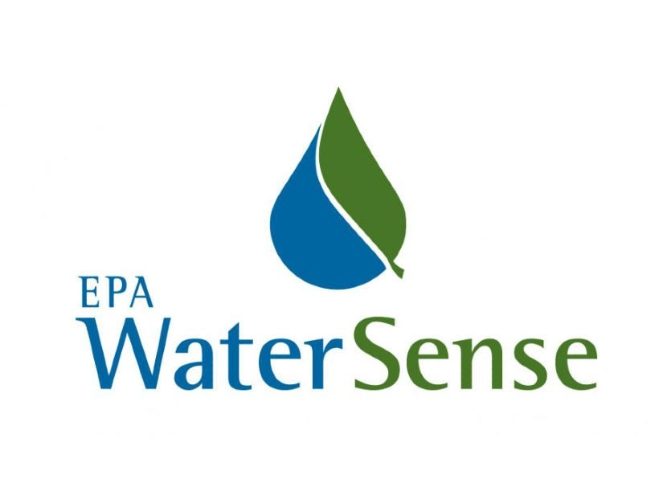EPA to Revisit Requirements for Water-Efficient Toilets

To address the changing marketplace and evolving technologies for water-efficient plumbing products, the U.S. Environmental Protection Agency (EPA) is considering changing its criteria for tank-type toilets to earn the WaterSense label. EPA has published a Notice of Intent (NOI) to revise the WaterSense Specification for Tank-Type Toilets and welcomes comments from anyone interested in the process.
WaterSense first started labeling tank-type toilets in 2007. EPA continues to drive the market towards more efficient toilets, and many states and local governments have issued requirements that any new tank-type toilets installed be 1.28 gallons per flush (gpf) or lower.
For dual-flush toilets, EPA is considering changing its current WaterSense criteria, which allow labeled toilets to flush at 1.6 gpf in "full flush" mode and a lower volume in the smaller flush, ranging from 0.5 gpf to 1.1 gpf, thus resulting in an effective flush volume of 1.28 gpf. Recognizing that many consumers do not automatically use the lower flush volume when appropriate, EPA Is considering making the maximum flush volume for WaterSense-labeled dual-flush toilets consistent with the maximum flush volume for single-flush toilets.
To comment on potential revisions to the specification, interested parties are encouraged to review the NOI and submit written comments to watersense-products@erg.com no later than August 14, 2023. EPA will host an online public meeting to discuss the NOI and gather feedback on the proposed tank-type toilet criteria on July 18, 2023, from 2:00 p.m. to 4:00 p.m. Eastern. Anyone interested can register now for the public meeting, and EPA will consider the results of this meeting and the comments it receives to develop a draft specification revision later this year.
WaterSense, a partnership program sponsored by EPA, seeks to protect the future of the nation's water supply by offering Americans a simple way to use less water with water-efficient products, homes, and services. Since the program started in 2006, WaterSense labeled products have helped consumers and businesses save 7.5 trillion gallons of water, enough energy to supply a year's worth of power to more than 83 million homes, and $171 billion in utility bills. To learn more about the program, visit www.epa.gov/watersense.




